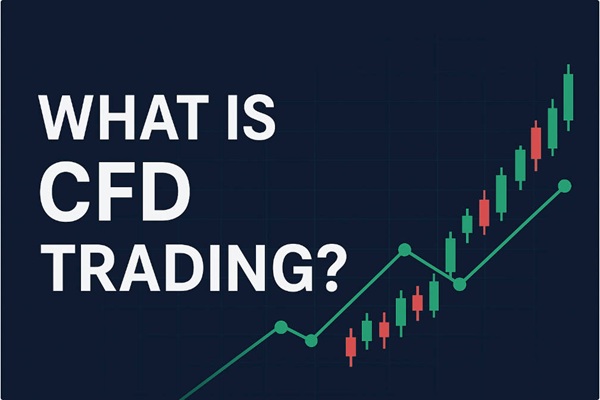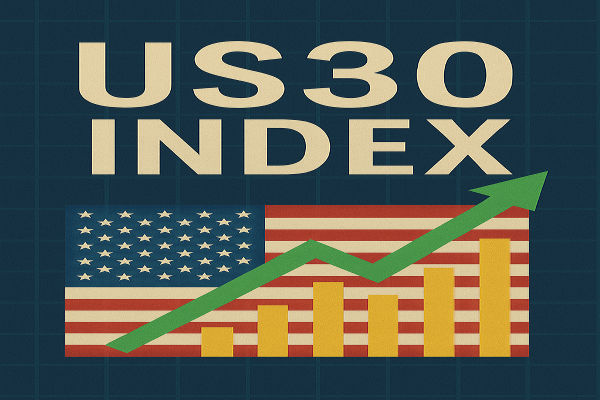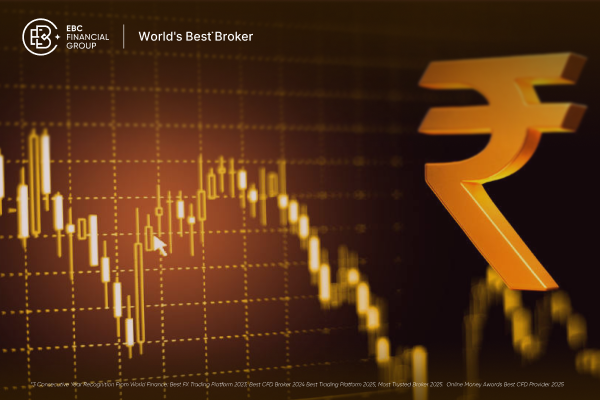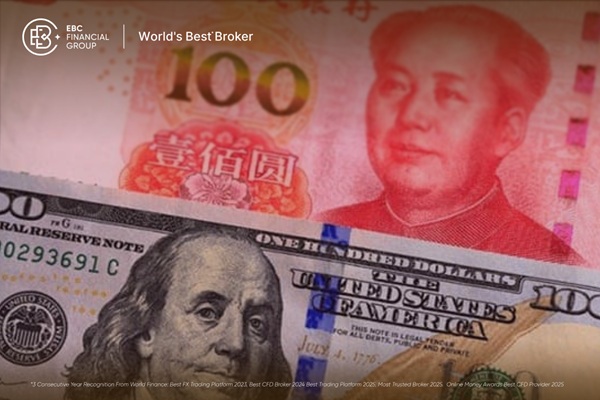Contracts for Difference (CFDs) have revolutionised the way retail and institutional investors approach financial markets. Unlike traditional investments, where you own the asset, CFDs allow you to speculate on the price movement of a wide range of instruments—forex pairs, commodities, stocks, indices, and even cryptocurrencies—without direct ownership. This flexibility comes with opportunities, but also with risks magnified by leverage and volatility.
The difference between speculation and strategic trading lies in planning. CFD trading strategies provide structure and discipline, ensuring that traders rely on proven frameworks rather than emotional decision-making. In this long-form guide, we explore five CFD trading strategies every trader should know, using the Question–Answer–Evidence structure so that each section answers common trader queries, explains why the strategy works, and provides examples from real market scenarios.

1. Scalping Strategy
Question: What is scalping in CFD trading, and who should use it?
Answer: Scalping is a high-frequency strategy aimed at capturing small, rapid profits from minor price movements. Trades typically last seconds to minutes, with dozens—or even hundreds—executed in a single session.
Evidence: A CFD trader scalping the EUR/USD might open a position when volatility spikes during the overlap of London and New York trading hours. Each trade might target only 3–5 pips, but the volume of trades allows profits to accumulate. In 2021, when EUR/USD was highly liquid during US inflation announcements, scalpers capitalised on rapid swings by entering and exiting within seconds.
Scalping demands access to tight spreads, rapid execution, and discipline to cut losses quickly. Professional traders often use scalping as a supplement to other strategies, given the psychological stress and transaction frequency involved. Beginners, by contrast, may find it overwhelming without adequate tools or experience.
2. Day Trading Strategy
Question: How does day trading differ from scalping in CFDs?
Answer: Day trading involves holding positions for hours within a single trading day. Unlike scalping, where profits per trade are small, day traders aim for larger moves while avoiding overnight risks.
Evidence: During the US Federal Reserve’s policy announcements in 2022, gold CFDs (XAU/USD) moved more than $40 within hours. A day trader could enter long when the Fed signalled caution, ride the intraday move, and exit before market close to avoid further overnight volatility.
Day trading suits traders with the time to monitor markets throughout the day. It balances the speed of scalping with more substantial profit opportunities. Evidence from historical data shows that day traders who follow economic calendars and time their trades around major news events consistently outperform those relying solely on technical patterns without context.
3. Swing Trading Strategy
Question: Why is swing trading one of the most popular CFD trading strategies for part-time traders?
Answer: Swing trading captures medium-term moves lasting from days to weeks. It allows traders to participate in trends without the stress of monitoring markets constantly.
Evidence: In early 2021, crude oil prices rose steadily due to recovering demand and production cuts. Swing traders who entered long CFD positions and held for weeks captured gains of over 20%. Unlike scalpers or day traders, swing traders combine technical indicators—such as moving averages and MACD—with fundamentals like supply-demand trends to identify sustained moves.
Swing trading is often recommended for beginners because it provides time to analyse decisions and is less dependent on execution speed. Historical analysis shows that traders who adopt swing trading tend to balance lifestyle with profitability, making it sustainable over the long term.
4. Hedging Strategy
Question: How can traders use CFDs as a hedging tool against risk?
Answer: Hedging with CFDs means opening positions that offset risks in other investments. It allows traders or investors to protect portfolios without selling their holdings.
Evidence: During the 2008 financial crisis, investors with long-term equity portfolios used CFD shorts on the S&P 500 to cushion losses. Similarly, in 2020, many investors shorted airline stocks via CFDs while keeping broader portfolios intact.
The advantage of CFDs is flexibility: they enable short selling without restrictions, making them ideal for hedging against downturns. For example, an investor holding Indian IT stocks concerned about rupee volatility could hedge by shorting USD/INR CFDs. By doing so, currency exchange risks are balanced without liquidating the stock portfolio. Evidence from past crises demonstrates that hedging reduces volatility in returns, though it does not eliminate risk entirely.
5. Breakout Trading Strategy
Question: What is breakout trading, and why is it powerful in CFD markets?
Answer: Breakout trading involves entering positions when prices breach significant support or resistance levels, often accompanied by volume surges that signal momentum.
Evidence: When Bitcoin consolidated around $30,000 in 2021 before breaking higher, breakout traders who entered long captured a sharp rally of over 20%. Similarly, breakout trades in equity indices during earnings season often generate fast momentum opportunities.
CFDs make breakout trading especially effective because they allow going long or short instantly. A trader anticipating a breakout below support on the DAX 40 index could enter short via CFDs, profiting from downward momentum. Evidence from chart analysis shows that breakouts often lead to strong directional moves, though false breakouts remain a risk. Using stop-losses below entry levels helps limit exposure when breakouts fail.

Final Thoughts
CFD trading strategies are the difference between speculation and structured participation in global markets. Scalping offers rapid-fire opportunities for the skilled and disciplined, day trading provides intraday moves for active traders, swing trading captures medium-term trends for those with limited time, hedging offers protection in volatile times, and breakout trading leverages momentum.
FAQ on CFD Trading Strategies
1. Which CFD trading strategy is best for beginners?
Swing trading is often the most suitable because it allows time for thoughtful analysis without the constant monitoring required in scalping or day trading.
2. How much capital do I need for scalping CFDs?
While there is no set minimum, scalping requires sufficient capital to absorb frequent small losses and transaction costs. Smaller accounts may struggle to sustain the strategy.
3. Can hedging guarantee profits in CFDs?
No. Hedging reduces potential losses but also reduces gains. It is a risk management tool, not a profit-making guarantee.
Disclaimer: This material is for general information purposes only and is not intended as (and should not be considered to be) financial, investment, or other advice on which reliance should be placed. No opinion given in the material constitutes a recommendation by the author that any particular investment, security, transaction or investment strategy is suitable for any specific person.



























